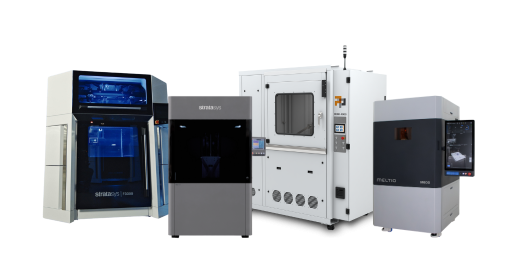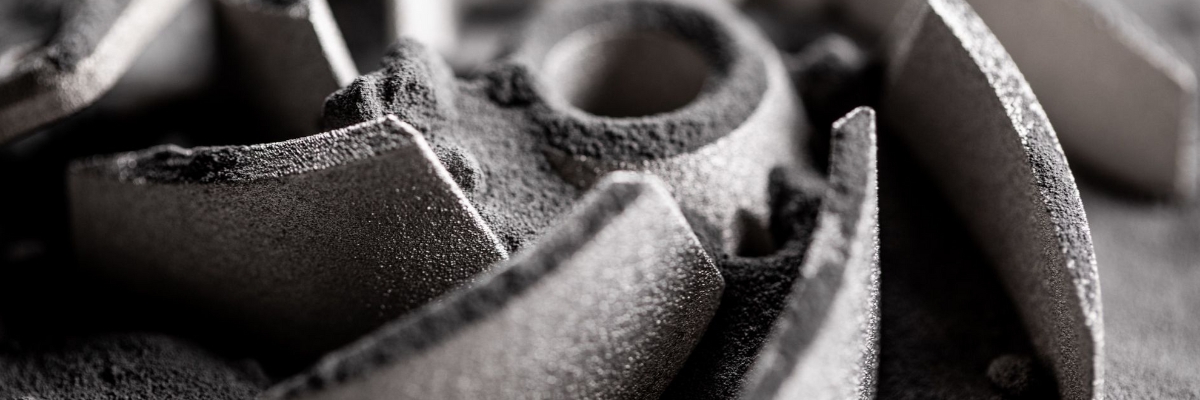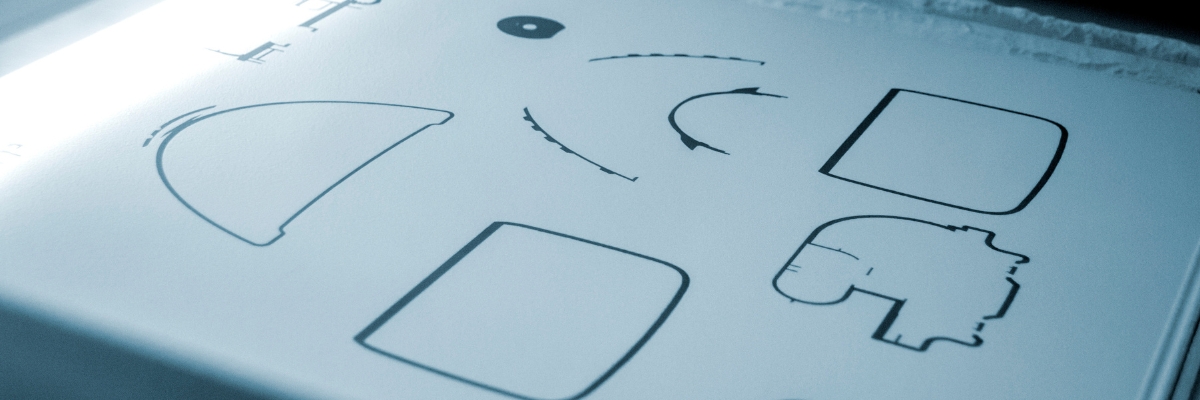3D printers
High quality 3D printers

HealthcareToGo Dental Innovations Tour 2025 - North Germany
Secure your seat

The perfect symbiosis of quality and quantity!

Complex geometries with ideal properties!

High-resolution components with a wide variety of materials!

High-performance components with sustainable production!

A wide range of materials and ultra-fast production!

Ideal for a wide range of dental indications!

The process from simple component to product!

Fully automate your production!

Fast processing and successful management!















Sorry, there are no results for this combination of filters. Choose another combination of filters.
To ensure that all requests are handled promptly and completely, we ask that you submit all support requests through our support portal.
To the service portalDo you need assistance with your project, do you need advice or a sample part that we can send you?
Send Email
This blog post is not intended to be an all-encompassing collection of knowledge for additive manufacturing with polymer powder, but rather a brief compendium of the most important features and functionality of this technology.
Most people don't think of polymer powder processing when they think of 3D printing, but rather of filament or resin processing. Yet additive manufacturing with polymer powder is a very advanced process with some unique advantages.
However, the reason for this unfamiliarity is easy to discern - 3D printers that use polymer powder are, for the most part, designed for industrial production. In the hobby segment, such 3D printers play virtually no role at all.
But it is precisely this specialization in industrial demands that makes polymer powder printing technologies a package of advantages for industrial companies. But before we get to those, I'd first like to explain the technology behind polymer powder 3D printing and discuss the manufacturers that produce such 3D printers.
Additive manufacturing with polymer powder is basically divided into two different ways of processing the powder. One of them works with heat and laser, the other with a binder or melting agent.

Selective laser sintering represents the variant with heat and laser. Here, the powder is first placed in the container of the printer, where it is heated to a temperature just below the melting point. A thin layer of the heated powder is then applied to the build plate.
This thin layer is now selectively sintered based on the model using either a CO2 or an infrared laser. Once the first layer has been sintered, the build platform moves down the thickness of one layer and a new layer of the heated powder is applied. This process is repeated until the desired component is complete.

The first variant with binder is the oldest variant of processing polymer powders. Interestingly, binder jetting is also the father of the term "3D printing". In the meantime, this term has become accepted as an umbrella term for all additive manufacturing methods, but was originally only used for this particular method.
But enough of this brief history lesson. Binder jetting basically begins in a similar way to selective laser sintering, namely by applying a thin, but in this case unheated, layer of powder to the build plate. A print head then moves across the powder layer and sprays tiny drops of a binder, which binds the powder together on contact to form a solid layer, onto the desired areas.
Once the print head has processed the entire powder layer, it proceeds again in a manner similar to selective laser sintering. The build plate lowers, a new layer of powder is applied, and this process continues until the part is finished.

The second variant with a binder, on the other hand, is the most recent variant of processing polymer powders to date. Multi Jet Fusion, developed by HP, is almost identical to binder jetting, but instead of using only a binder to create a solid layer, MJF uses a melting agent in combination with a detailing agent.
The melting agent is applied to the areas of the powder bed that will become the component and fuses it, while the detailing agent is applied to the remaining areas of the powder bed and protects the loose powder from heating by evaporation.
Since it is clearly beyond the scope of this article to highlight every single manufacturer of additive manufacturing equipment that uses polymer powders, I will limit myself to a few of the largest companies.
Known primarily for its professional and industrial resin 3D printers, U.S.-based Nexa3D® is now also active in the polymer powder market with its QLS series.
This industrial series includes the QLS 230, the QLS 236 and the flagship, the QLS 820.
EOS GmbH, founded in 1989 near Munich, Germany, offers a wide range of selective laser sintering systems in various sizes.
Among others, this offer consists of the professional FORMIGA P series and the industrial EOS P series.
Formerly known as Hewlett-Packard Company, the US-based company has been known for various electronic products since its founding in 1939, but especially for its inkjet printers.
However, since the development of the MJF technology in 2016, HP Inc. has now also entered the 3D printing market. HP Inc. serves this market with the industrial HP Jet Fusion 4200 and HP Jet Fusion 5420W, among others.
The goal of founding Sinterit in 2014 was to adapt additive manufacturing with polymer powders to the professional level, both in terms of cost and size.
The Polish company has realized this goal with the LISA series. In addition, there is now also an industrial system in Sinterit's portfolio, the NILS 480.
Already mentioned in almost every one of these introductory blogposts, US-based 3D Systems® also has several polymer powder systems in its portfolio.
These include the industrial SLS 380 and the industrial sPro series, consisting of the sPro 140 and the sPro 230.

The greatest uniqueness of additive manufacturing with polymer powder is the complete elimination of support structures. Because the powder is applied as a complete layer, there is always unprocessed powder next to the selectively cured powder, and this powder automatically serves as a support structure.
This fact leads us to the next advantage, namely the high design freedom. The fact that no support structures are required means that very complex components, for example with overhangs or intricate internal structures, can be produced without intermediate steps. This saves a lot of time in the production of such components and massively reduces the error rate.
Another major advantage of polymer powder 3D printing is the economical use of materials and the resulting environmental protection. Uncured powder, once sieved, can be easily reused with minimal losses, which in addition to being environmentally friendly also leads to savings in material costs.
Speaking of materials - the variety of polymer powders is exorbitant. Nylon, PAEK, PA, TPE and many other materials can now be processed by polymer powder systems. This large selection ensures more areas of application and a suitable material for almost every wish.
The last advantage, which I would like to mention here, is the high level of detail. Due to the focus on industrial purposes, polymer powder systems have become an absolute guarantee for high detail accuracy.

Of course, 3D printing with polymer powders also has some limitations and this blog post would not be complete if I skipped them.
Due to the grainy nature of the polymer powder, components always have a rougher surface than compared to resin 3D printing, for example. This disadvantage can be greatly minimized by lacquering the components, but it cannot be completely compensated for. Ergo, anyone who wants to work with polymer powders should not expect perfectly smooth surfaces.
What should also not be expected when producing components with polymer powders are transparent components. Since this limitation is also material-related, it is also impossible to fully compensate for it.
Another disadvantage is powder handling. At the latest during post-processing, there is a chance that unprocessed powder will spill onto nearby objects. Although this can be solved either in advance, by using a post-processing solution, or afterwards, by sucking up the powder with an industrial vacuum cleaner, it must without doubt be taken into account.
Last but not least, the otherwise positive focus on industrial applications also provides a disadvantage, namely the cost of one-off production. Since the powder bed is always completely covered with powder, regardless of the size and number of components, both printing costs and printing time differ far more marginally between one-off and batch production than with other printing technologies. This makes efficient platform utilization and good nesting essential to get the most out of polymer powder systems.

Polymer powder additive manufacturing is an extraordinarily versatile technology that can now be found in many industrial sectors either complementing or even replacing traditional manufacturing methods. Whether for prototypes or end-use applications, polymer-powder systems make more cost-effective and faster manufacturing possible.
With the additional ability to produce lightweight components, the technology is often used in aerospace applications. For example, this allows cabin components and air grilles to be produced, saving weight and thus automatically saving fuel.
The defense industry also benefits from these lightweight components. In addition to weight reduction, polymer powder 3D printing also makes it possible to consolidate multiple individual parts, which increases the efficiency and safety of military equipment.
Another area where polymer powder additive manufacturing can provide support is in medicine. Here, this technology produces medical prototypes and models quickly and with great attention to detail, which can massively simplify the work of doctors and surgeons.
3D printing with polymer powders is also already being used in the pharmaceutical sector. For example, the University of Greenwich in London has combined SLS printing with polymers suitable for pharmaceutical use to print tablets with different drug strengths in a single batch, which can save costs and time for pharmaceutical companies.
For more information on how additive manufacturing is enriching medicine, see this blog post.
Polymer powder 3D printing, while clearly not the best known, is one of the most promising additive manufacturing methods due to its industrial specialization. It already enables many industrial companies to achieve greater production self-sufficiency, faster and more cost-effective component manufacturing, and parts with many different and unique properties.
Nonetheless, as mentioned earlier, even this promising technology has some limitations. While some of these are unavoidable to date, there is nonetheless relentless research being done to minimize or even eliminate, if possible, the various limitations associated with this technology.
I hope that this introduction to polymer powder additive manufacturing has been able to help you get an overview of this technology and its possibilities!
Cookie settings
We use cookies to provide you with the best possible experience. They also allow us to analyze user behavior in order to constantly improve the website for you. Privacy Policy